Figures & data
Figure 1. General location of the study area. Isser Dam and meteorological stations (Chouly, code: 160601; Meurbah, code: 160602; Ouled Mimoun, code: 160607; Sidi Bounakhla, code: 160610), are represented by (black) squares and (blue) triangles, respectively. The gauge station of Sidi Abdelli (code: 160604) is represented by a (black) dot.
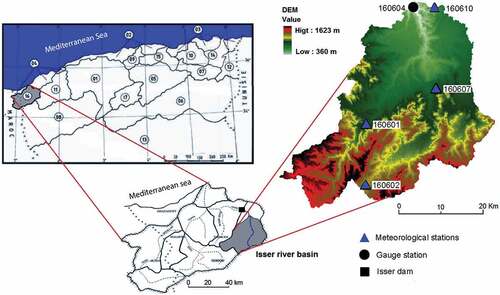
Table 1. Statistical values of the measured variables for the period 1988–2004. P: annual precipitation; SSC: suspended sediment concentration, Qs: sediment flow; Q: runoff. SD: standard deviation.
Figure 2. Available data for the study site. (a) Precipitation at four meteorological stations used as criteria for event selection and uncertainty analysis. (b) Flow measurements at the gauge station Sidi Abdelli. (c) Concentration and (d) sediment flow measured at the gauge station, and (e) periods without and
data.

Figure 3. Flowchart illustrating the methodology developed for this work. Event-scale and continuous approaches are distinguished in order to assess seasonal SSY, SDR and basin–river interactions at the study site.
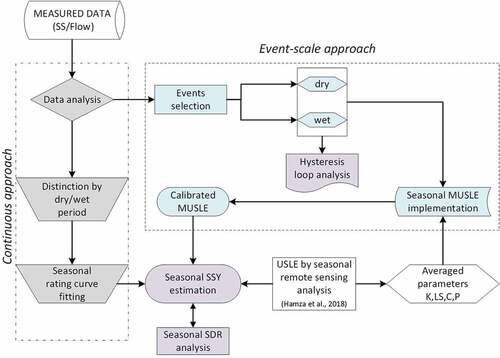
Figure 4. Accumulated rainfall with respect to the number of periods without SSC and measurements for different time windows: (a) 3–5 days, (b) 3–50 days and 3–200 days.
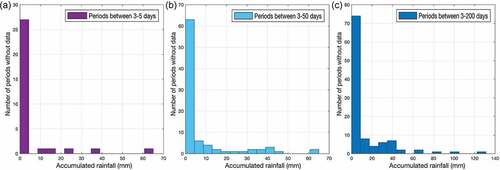
Figure 5. Relationship between SSC and water discharge from measured samples for (a) the whole period, and for (b) dry and (c) wet periods. The adjustment based on the relationship, with fitted parameters and the coefficient of determination. (d) Comparison with other Mediterranean environments is shown based on the following sources: Arbucies River: .Batalla and Sala (Citation1994); Anoia River: Farguell and Sala (Citation2006); Celone River: De Girolamo et al. (Citation2015); Asser River: Mano et al. (Citation2009); Mellah River: Khanchoul et al. (Citation2009); Mellegue River: Selmi and Khanchoul (Citation2016); and Eshtemoa River: Alexandrov et al. (Citation2007).
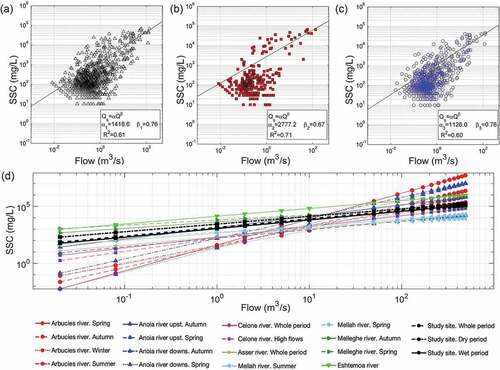
Figure 6. (a) Cumulative water discharge and sediment flow from measurements and rating curve estimations. Pulses of significant events and their impacts on sediment transport are clearly identified. (b) Resulting values of SSY obtained by considering increasing time windows without SSC and measurements, assuming stationary conditions of flow.
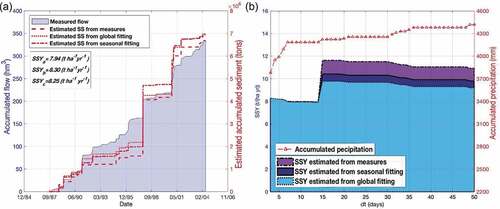
Figure 7. Distributed values of SDR, obtained by implementing the methodology of Borselli et al. (Citation2008), and associated histograms for: (a)–(b) wet and (c)–(d) dry seasons.
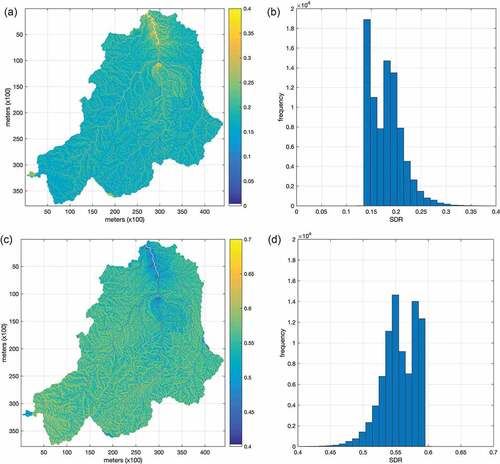
Table 2. Summary of seasons and hysteresis loop sense for the events selected. Shaded areas indicate the dry period and unshaded the wet period. The symbols  and
and  indicate clockwise and counter-clockwise direction, respectively.
indicate clockwise and counter-clockwise direction, respectively.
Figure 8. Hysteresis curves for the 12 largest events for which data were available in the historical data. D and W refer to dry and wet periods, respectively. Dots mark the loop direction (from dark blue to yellow).
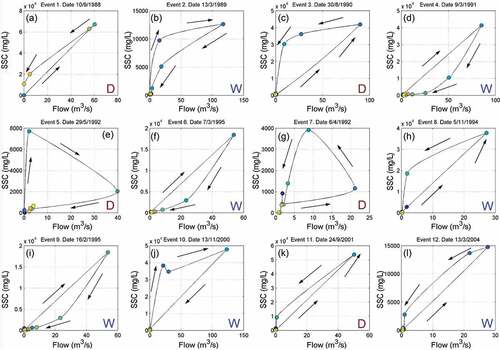
Table 3. Results of the MUSLE model parameters calibrated at the study area, a and b, and the global factor, for wet and dry periods. NSE: Nash–Sutcliffe efficiency criterion.
Figure 9. Relationship between the estimated contribution of sediment measured for each event and that estimated with the MUSLE model for wet (blue triangle) and dry (red dot) periods.
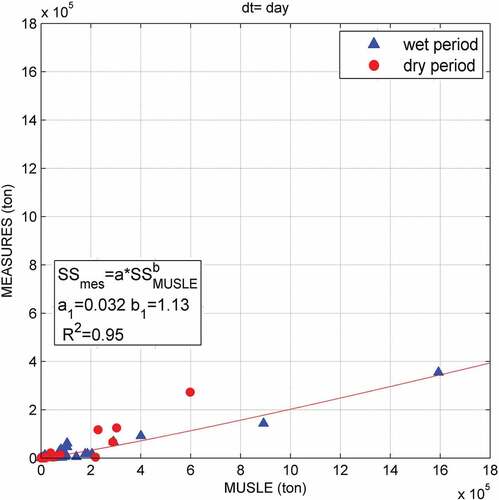
Figure 10. (a) Performance measured by NSE values of the global factor of MUSLE correction, , for wet and dry periods. (b) Wet period and (c) dry period NSE values for the coefficient a and exponent b of the MUSLE model regionalized for the study area.

